The recent wave of shutdowns among metaverse art galleries has sparked heated debates about the viability of virtual art spaces. Once hailed as the next frontier for creative expression, these digital venues are now facing skepticism. Are they merely a passing trend fueled by hype, or do they represent a genuine evolution in how we experience art? The answer is far from simple, as the rise and fall of these platforms reveal both the potential and the pitfalls of merging art with virtual reality.
The Metaverse Art Boom and Its Sudden Decline
Just a few years ago, metaverse art galleries were thriving. Fueled by the pandemic-induced shift toward digital experiences, collectors and artists alike flocked to platforms like Decentraland, Cryptovoxels, and Somnium Space. NFTs (non-fungible tokens) added another layer of excitement, allowing digital artworks to be bought, sold, and displayed in virtual galleries. For a brief moment, it seemed like the art world had found its next great medium.
However, the initial enthusiasm has waned. Several high-profile metaverse galleries have shuttered their doors, citing low visitor numbers and dwindling investor interest. The cost of maintaining these spaces—both in terms of technology and manpower—has proven unsustainable for many. Critics argue that the novelty wore off, leaving behind empty virtual rooms and disillusioned artists who had bet big on this new frontier.
The Challenges of Virtual Art Spaces
One of the biggest hurdles for metaverse galleries is accessibility. While VR headsets have become more affordable, they are still not ubiquitous. Many potential visitors find the experience cumbersome compared to traditional galleries, where art can be appreciated without technical barriers. Additionally, the social aspect of physical galleries—networking, live discussions, and the tactile experience of being in the same space as the art—has been difficult to replicate in the metaverse.
Another issue is curation. In the physical art world, galleries serve as gatekeepers, ensuring quality and coherence in exhibitions. In the metaverse, the barrier to entry is low, leading to an oversaturation of poorly curated spaces. Without a strong curatorial vision, many virtual galleries feel disjointed, making it hard for visitors to engage deeply with the art.
The Case for Virtual Art’s Future
Despite these challenges, some believe that virtual art spaces are here to stay—just in a more refined form. Proponents argue that the metaverse offers unique possibilities that physical galleries cannot match. For instance, digital environments allow for interactive and dynamic artworks that change in real-time or respond to viewer input. Artists can also experiment with scale, perspective, and even physics in ways that defy the constraints of the material world.
Moreover, virtual galleries democratize access to art. Someone in a remote part of the world can visit a cutting-edge exhibition without the need for travel. This global reach could eventually make the metaverse a vital platform for emerging artists who lack the connections to break into traditional galleries.
Lessons from the Early Adopters
The failures of early metaverse galleries offer valuable lessons. Many of these spaces prioritized technology over artistry, creating flashy but shallow experiences. The most successful virtual exhibitions have been those that treat the digital environment as a medium rather than a gimmick. They focus on storytelling, immersion, and emotional impact—qualities that resonate regardless of the platform.
There’s also a growing recognition that hybrid models may be the way forward. Some physical galleries are incorporating metaverse elements, such as virtual previews or augmented reality layers, to enhance the in-person experience. This blending of digital and physical could provide a more sustainable path for virtual art spaces.
What’s Next for the Metaverse and Art?
The current downturn in metaverse galleries doesn’t necessarily spell the end for virtual art. Instead, it may signal a necessary correction—a shift from speculative frenzy to thoughtful innovation. As technology improves and creators become more adept at leveraging the metaverse’s strengths, we may see a resurgence of interest.
Ultimately, the question isn’t whether virtual art spaces are a bubble or the future. It’s about how they evolve to meet the needs of artists and audiences. The metaverse won’t replace physical galleries, but it could carve out its own niche as a complementary space for experimentation and global connection. The galleries that survive will be those that prioritize art over hype, offering experiences that are as meaningful as they are immersive.

By /Jun 26, 2025

By /Jun 26, 2025
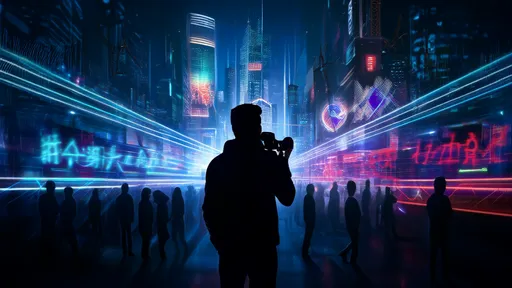
By /Jun 26, 2025
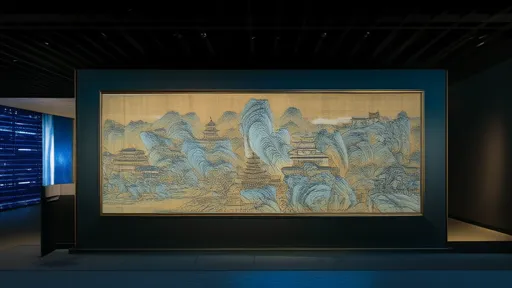
By /Jun 26, 2025
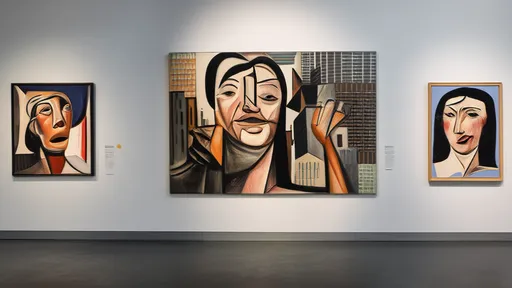
By /Jun 26, 2025
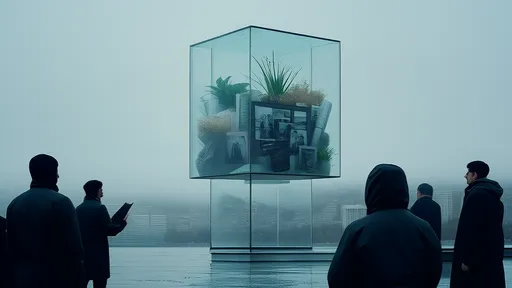
By /Jun 26, 2025
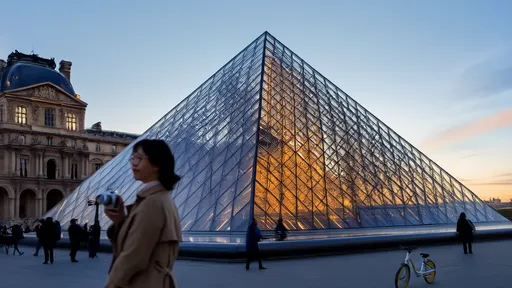
By /Jun 26, 2025

By /Jun 26, 2025
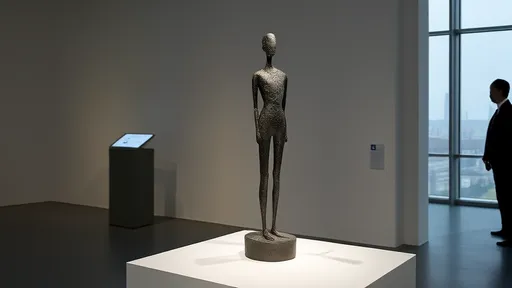
By /Jun 26, 2025
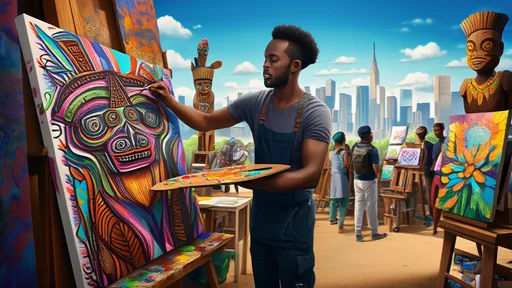
By /Jun 26, 2025

By /Jun 26, 2025

By /Jun 26, 2025
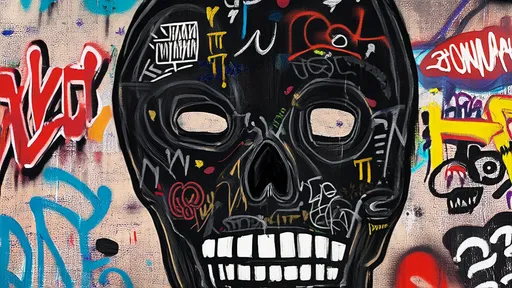
By /Jun 26, 2025
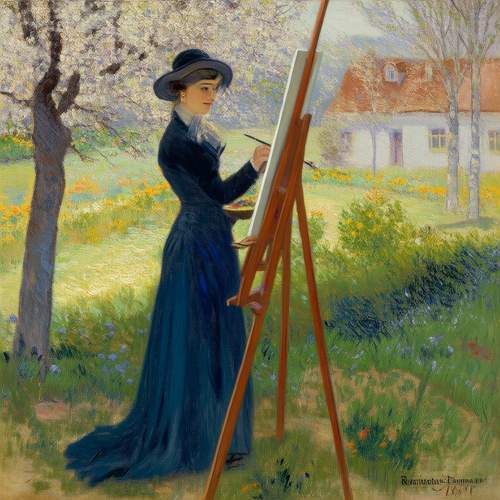
By Emily Johnson/May 21, 2025
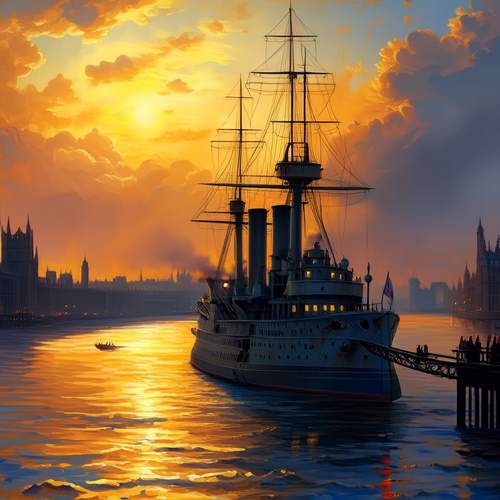
By Christopher Harris/May 21, 2025